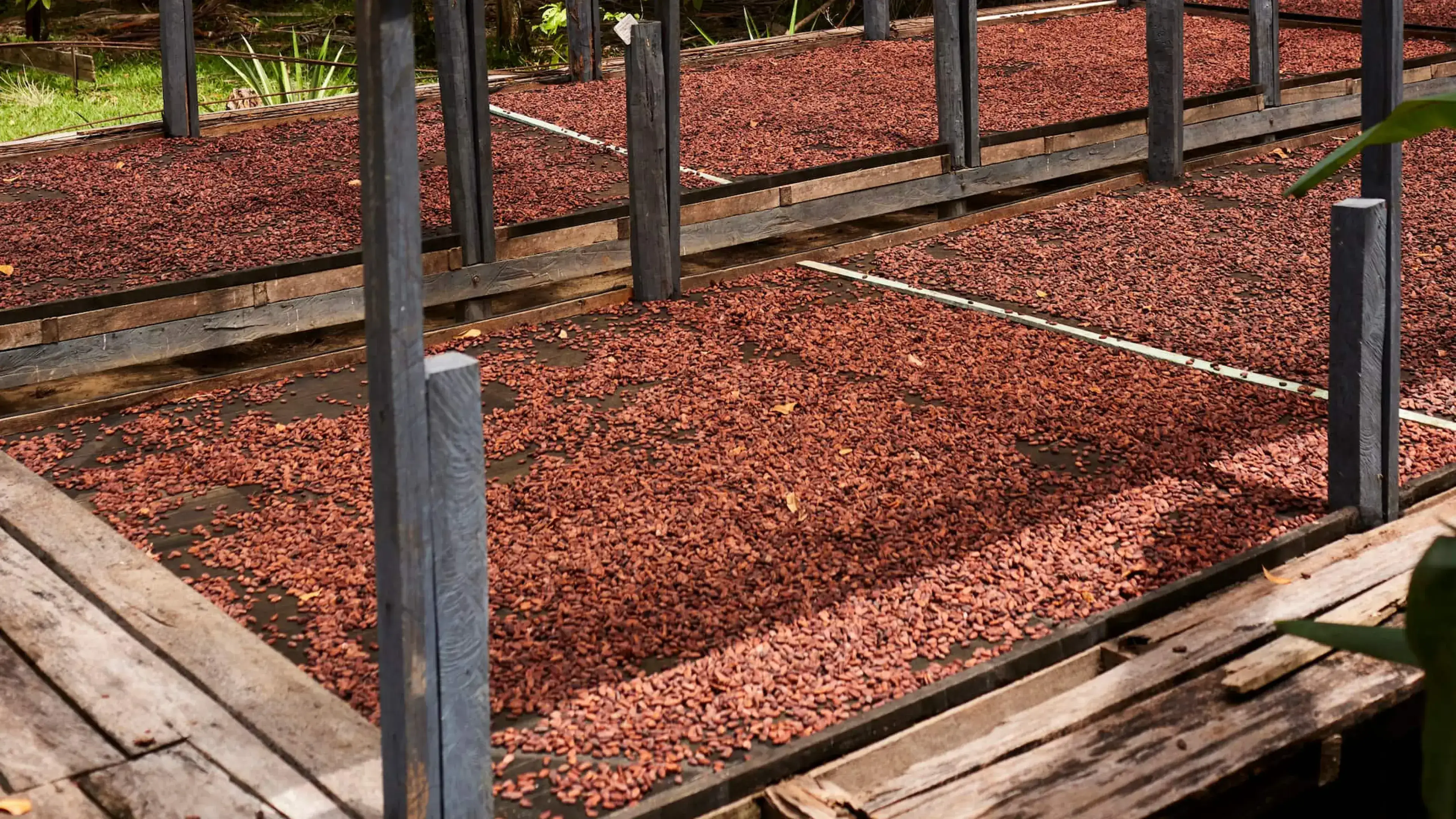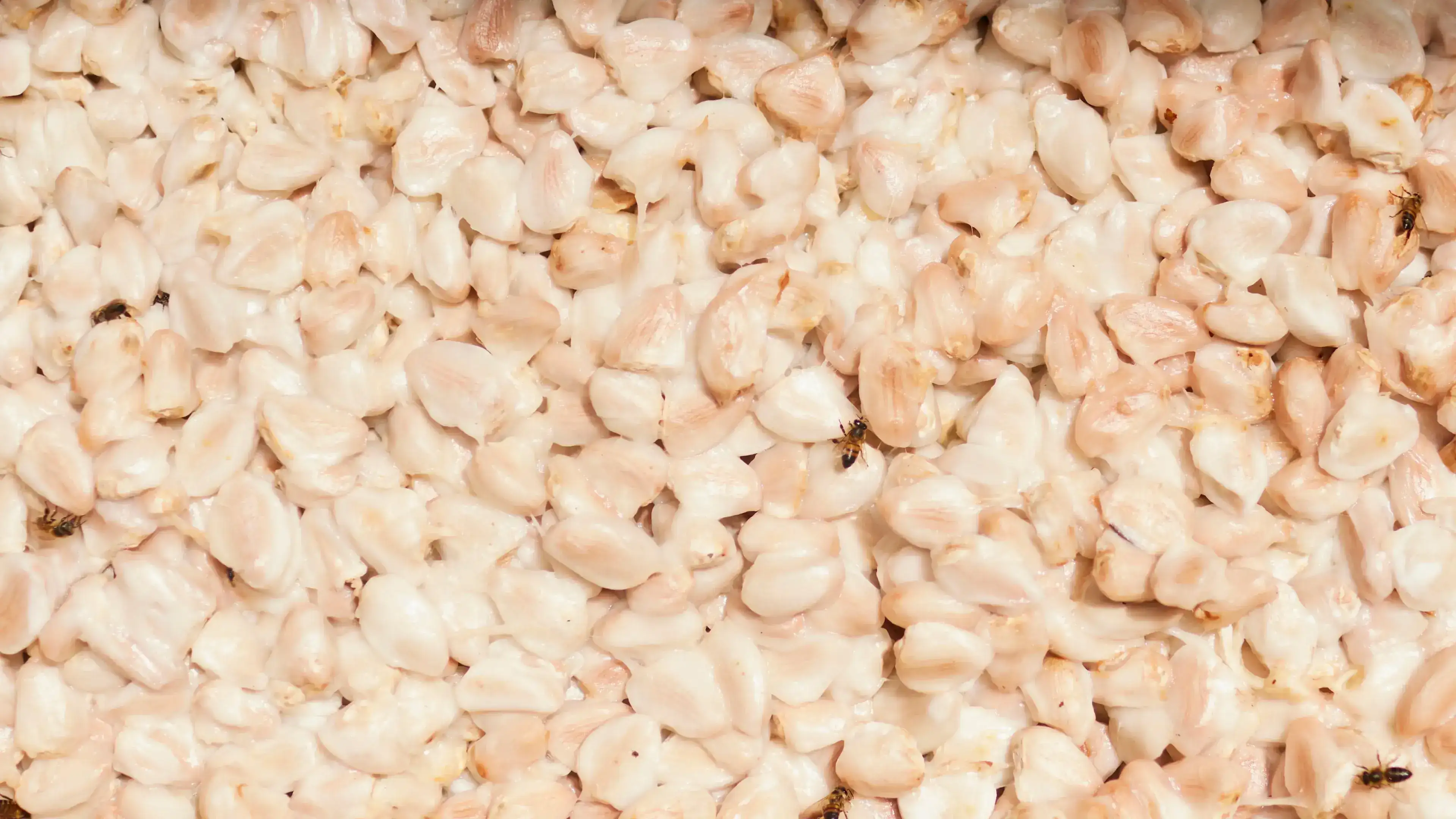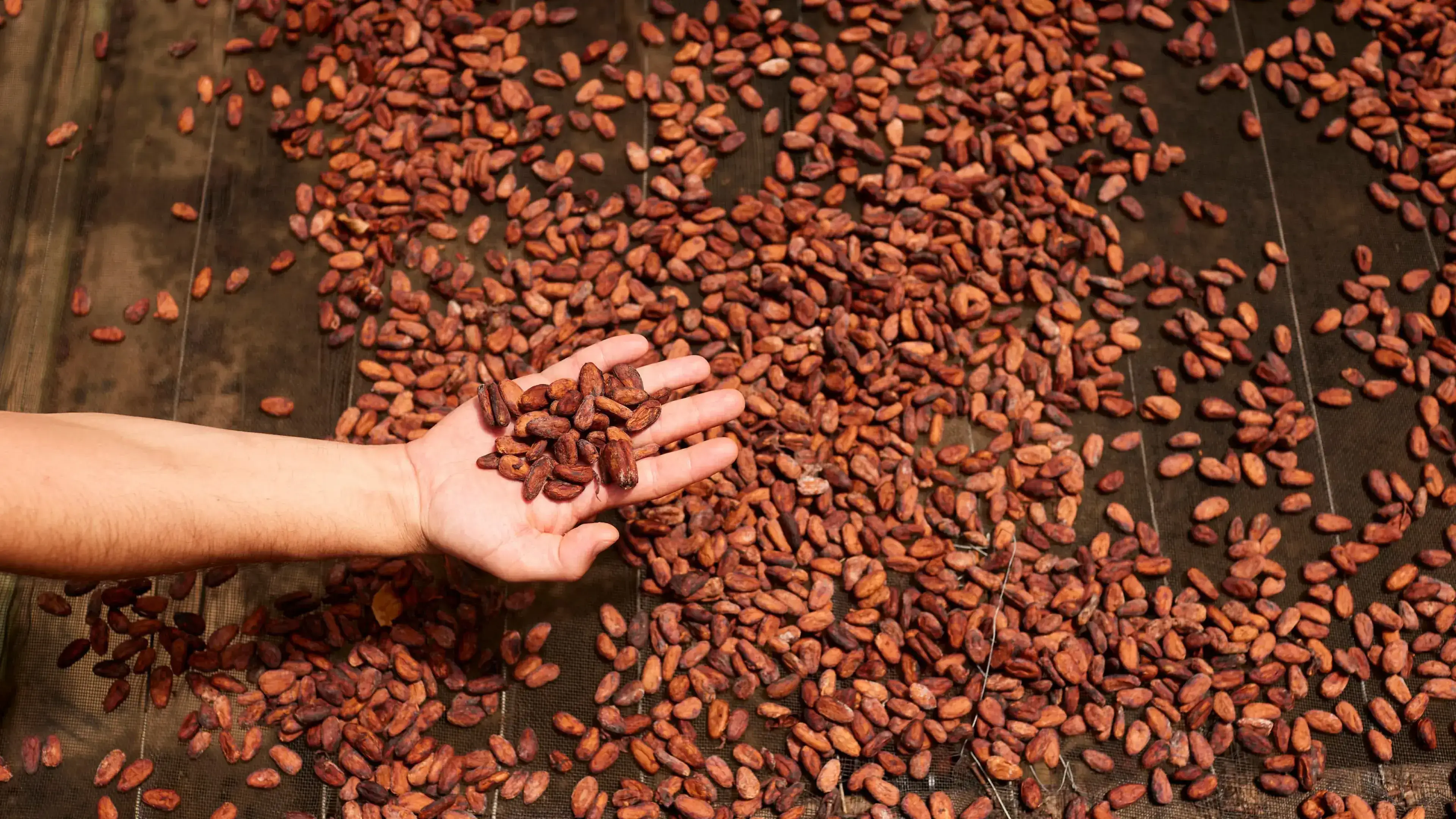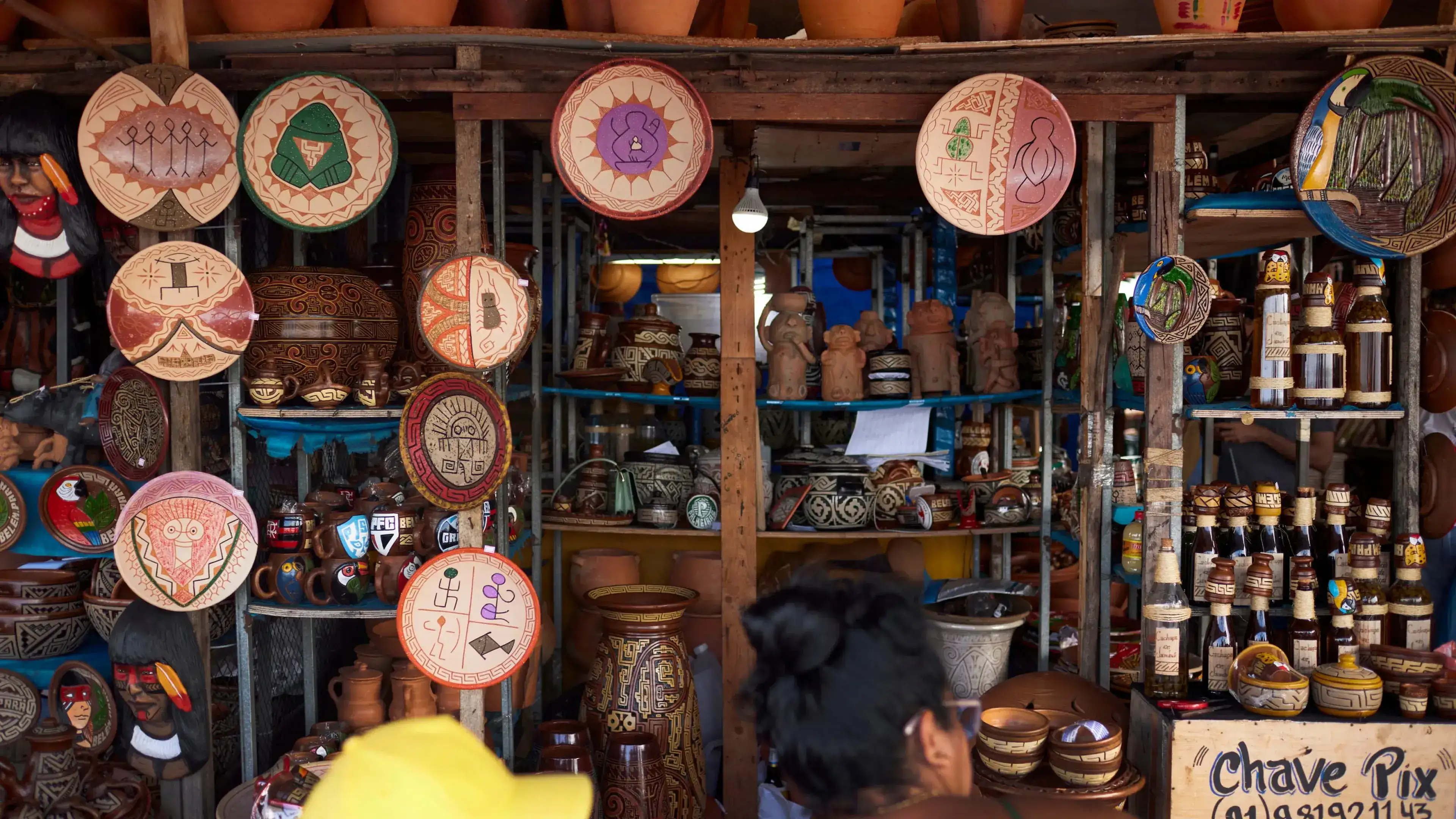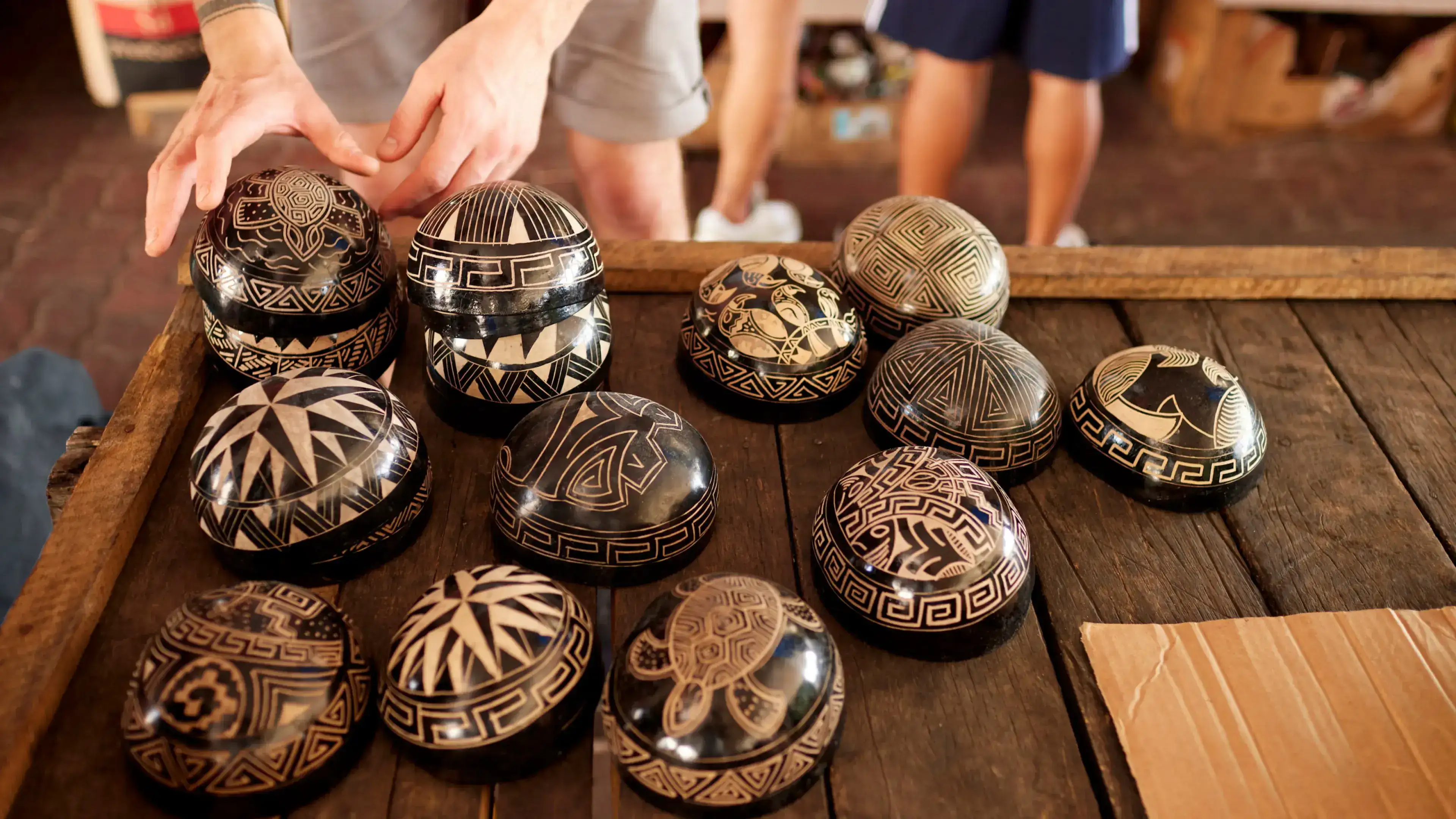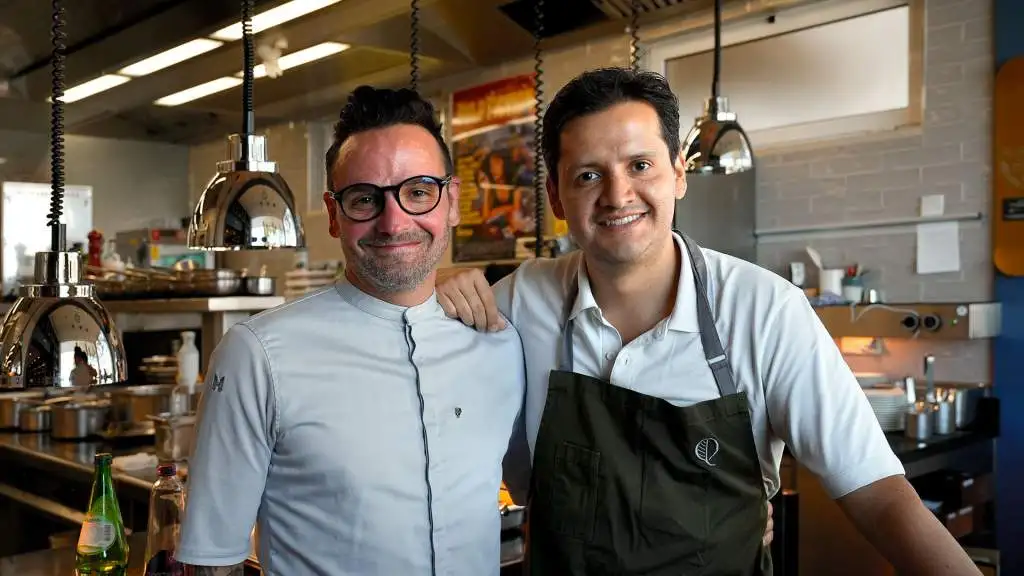Ocean restaurant will be taking a short break, between 24/11 – 23/12/2025, and for a winter break.
We'll be open again on December 24th, 2025, refreshed and ready to serve you until January 4th, 2026!
Reservation requests for the 24th & 31st of December 2025 should be made directly via email at fb@vilavitaparc.com
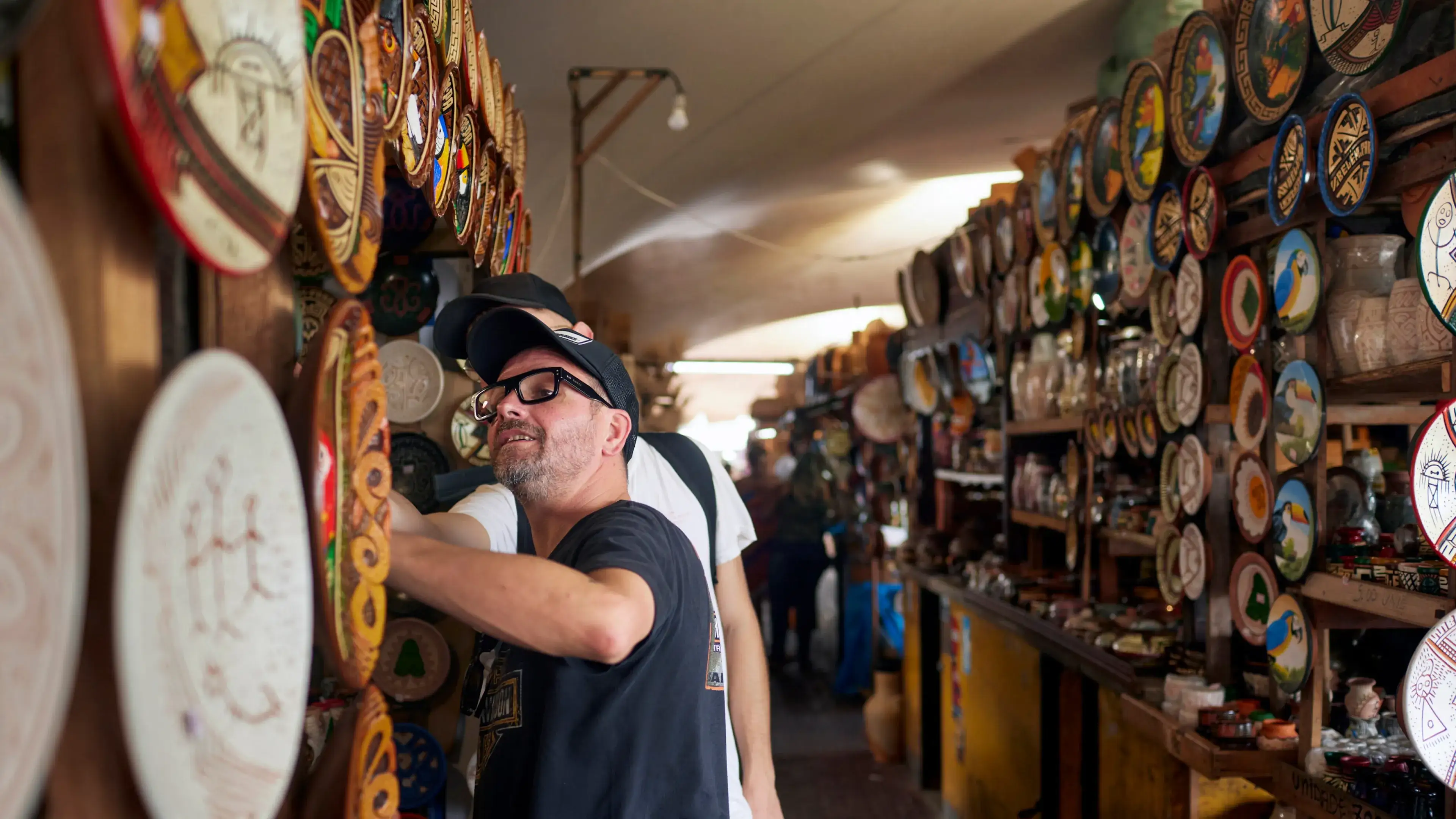
Where the Amazon meets the Ocean
Discovering Belem
Over the past few years, Hans and the Ocean team have embarked on their own age of discovery, seeking insight into Portuguese gastronomy through a series of voyages into the past. Their experiences on each of these food journeys inspire a new menu, and for their latest trip to Brazil, we begin in the northern city of Belem…
We came to Belem in search of roots, and arriving at the gateway of the Amazon, we quickly discovered the bold vibrancy that beats at the heart of Brazilian food, flavours, and culture. The port city is home to nearly a million and a half people of mostly indigenous, African and Portuguese descent, and, fittingly, sits at the exact point where the Amazon meets the ocean.
To understand the gastronomic roots of any destination, we always try to start at the soul of the city - the market. For Belem, this meant the Ver-O-Peso (“see the weight”) market, an incredible experience of colour, fragrance, and folklore. The natural food-ways of the jungle and the sea meet here, and the incredible diversity of produce on the stalls we would encounter reminded us of some fantastical frontier trading post.
Our host Sato, a Japanese-Brazilian living in Belem, guided us through mismatched, canopied stalls that sprawled from the riverbanks onto the streets beyond. Outside of the historic colonial buildings and modern skyscrapers, here was a city of tropical fruits, exotic fish, and unique local staples like the açai berry.
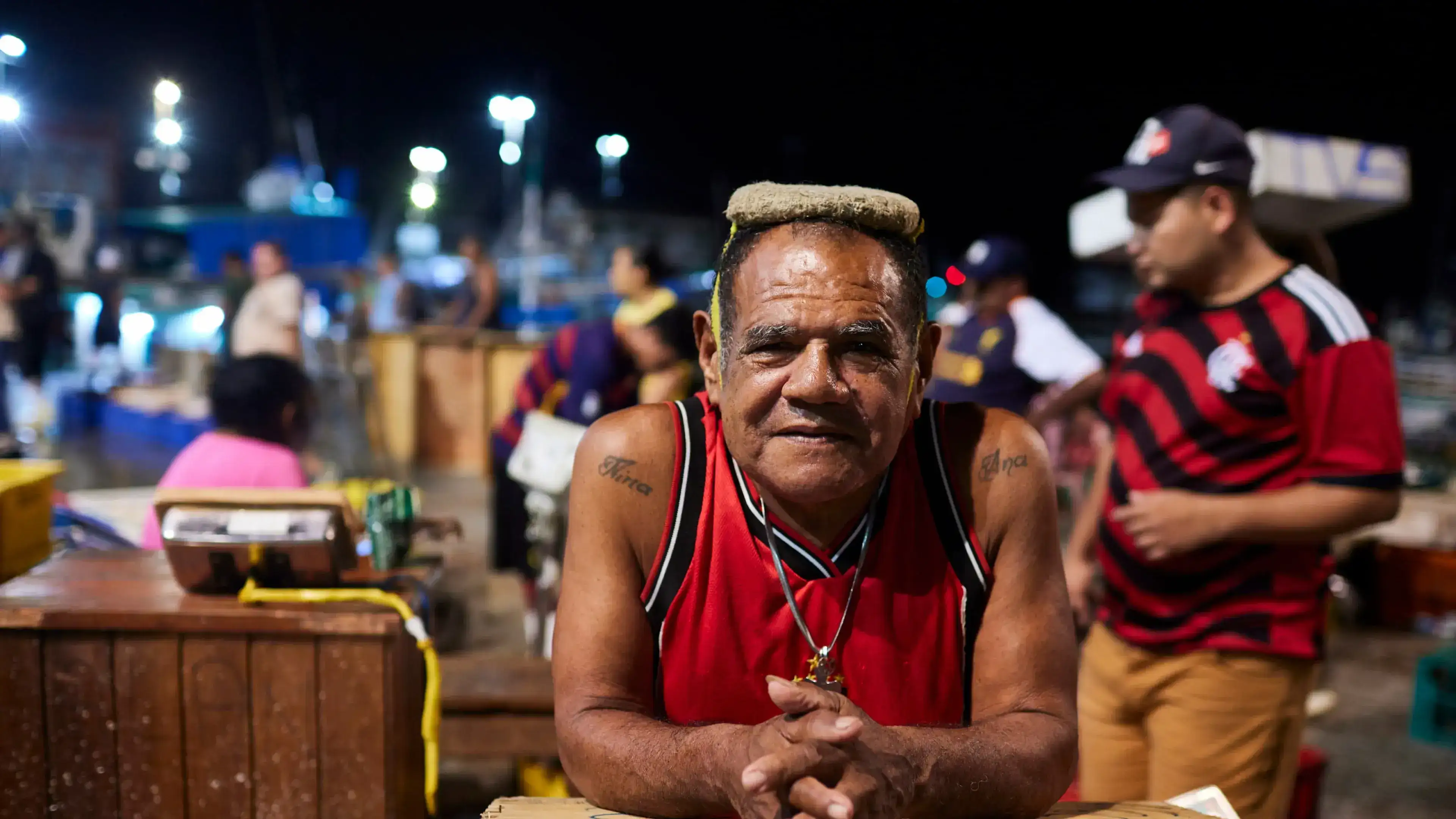
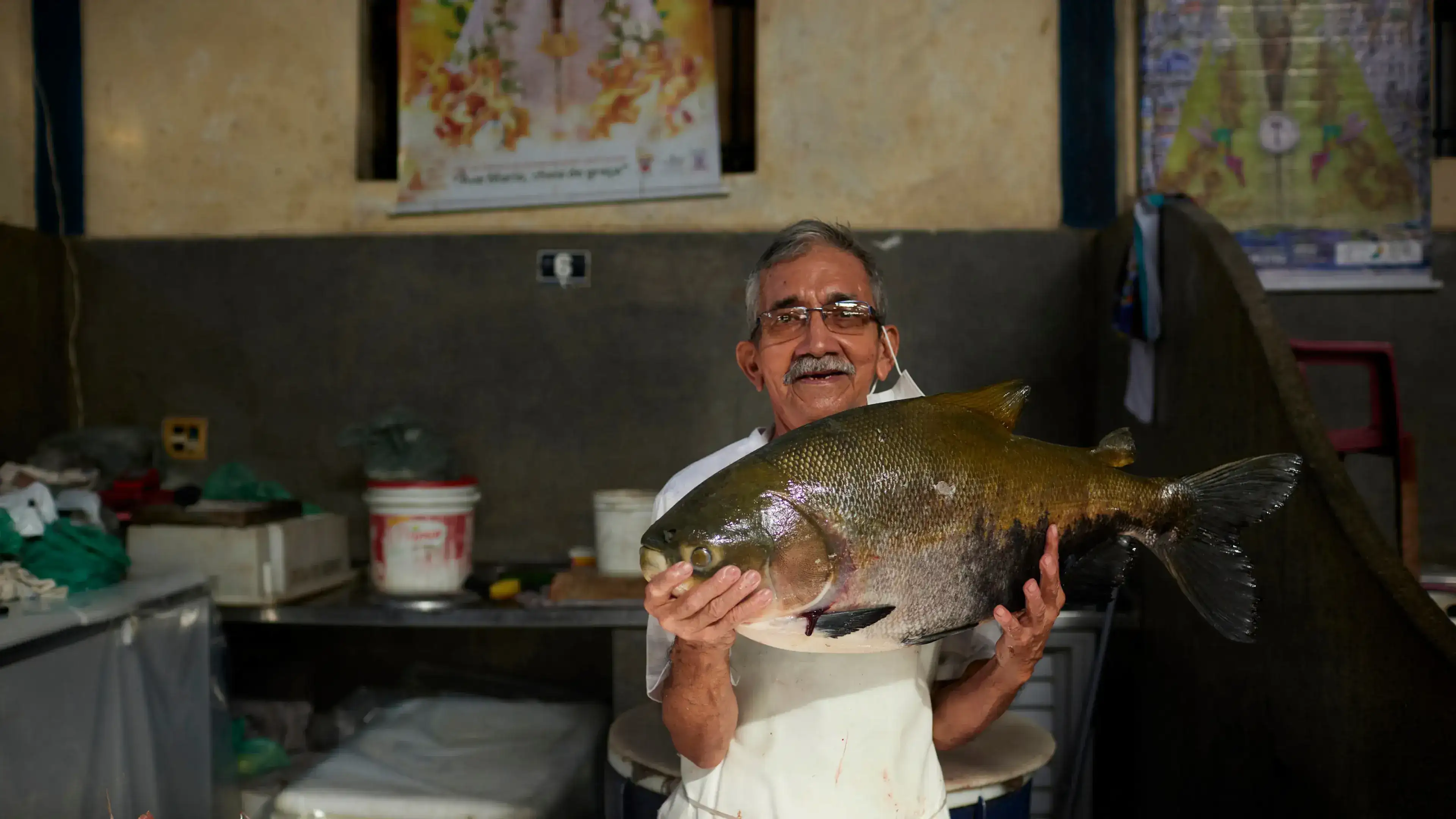
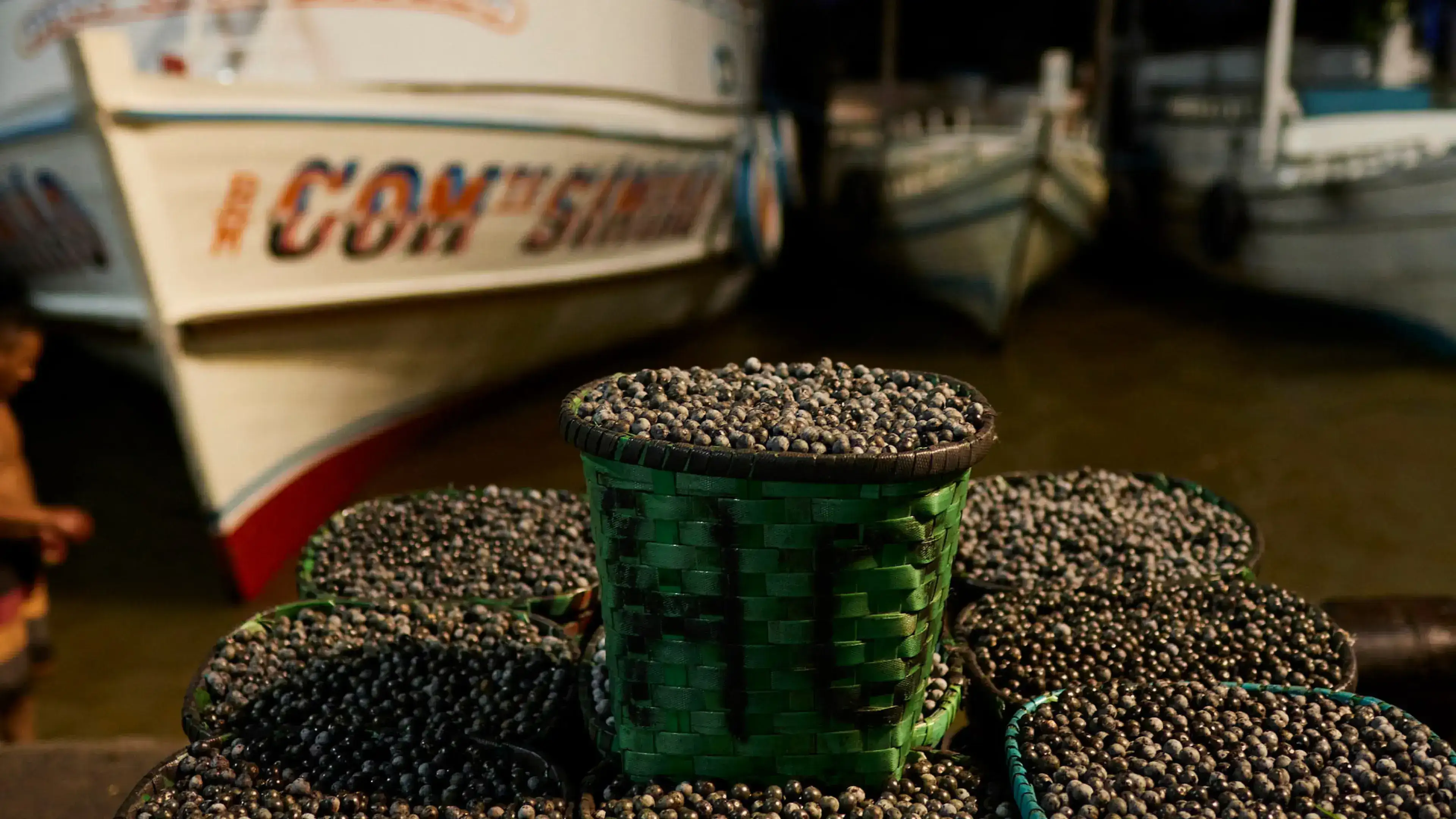
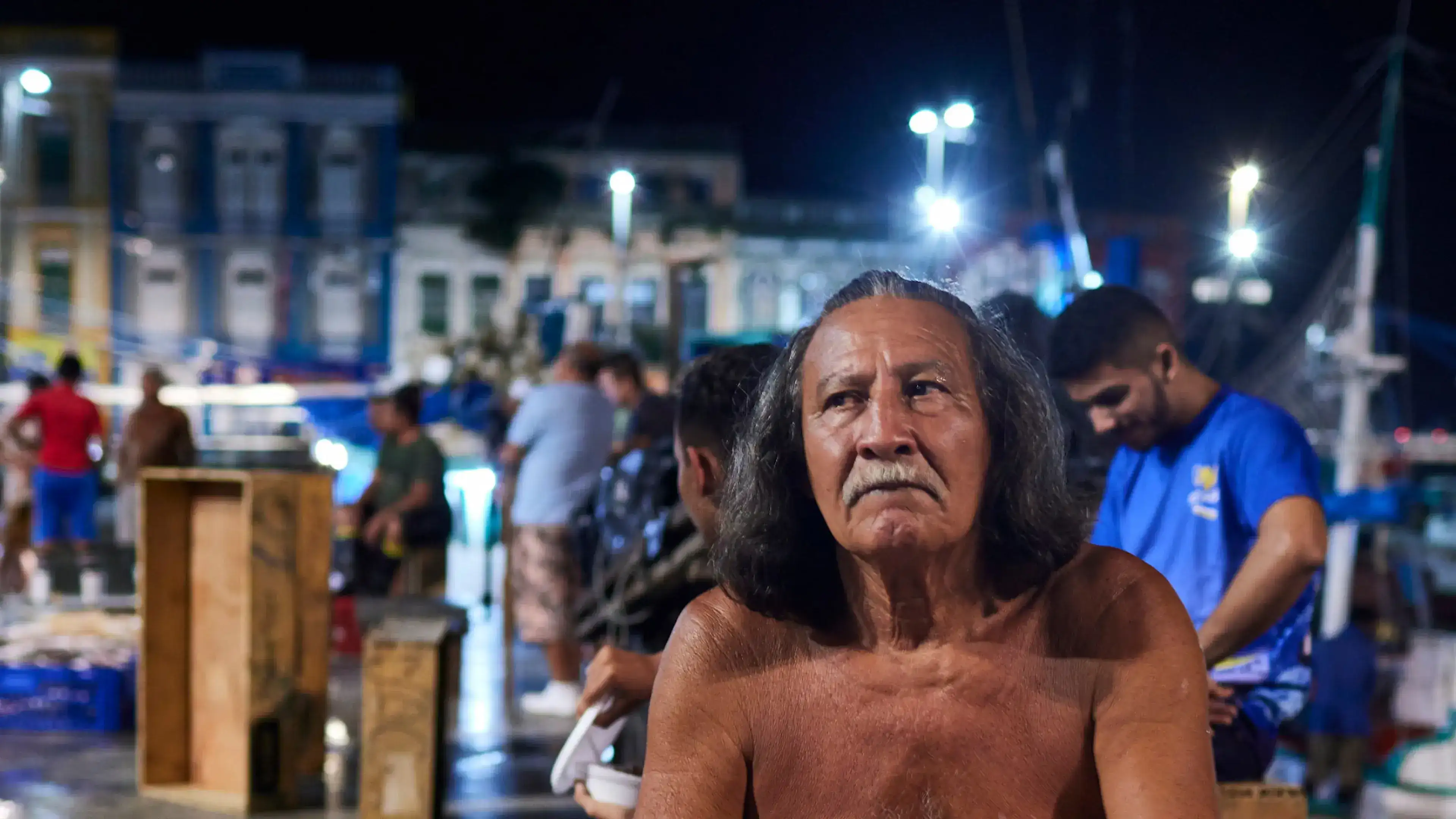
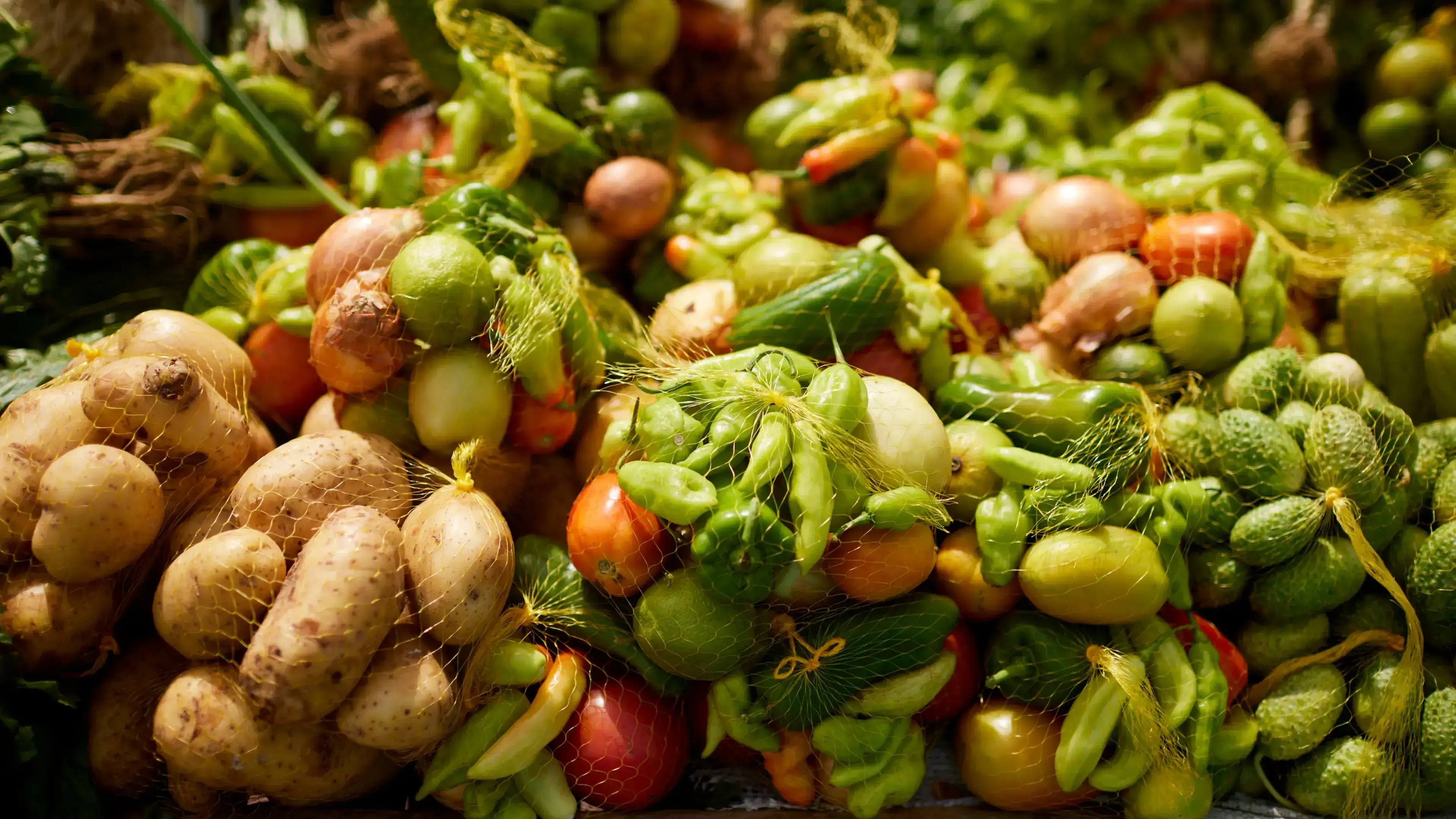
Arriving here, we follow in the footsteps of Portuguese Captain Francisco Caldeira Castelo Branco, who named the port city after Bethlehem - with his straw-covered fort resembling a nativity scene. The market itself dates back to 1688, when the Portuguese began to regulate the shipping of goods from Belem back to Europe.
But today, Europe felt far away as we were treated to a taste of Brazilian authenticity by chef Thiago Castanho from Remanso do Peixe. Serving white manioca, local produce, and a traditional manioca broth, he created a lasting memory for us on the first day of our journey, an experience that would help inspire “manioc” - a tribute to hugely important ingredient here and the first course of our new menu.
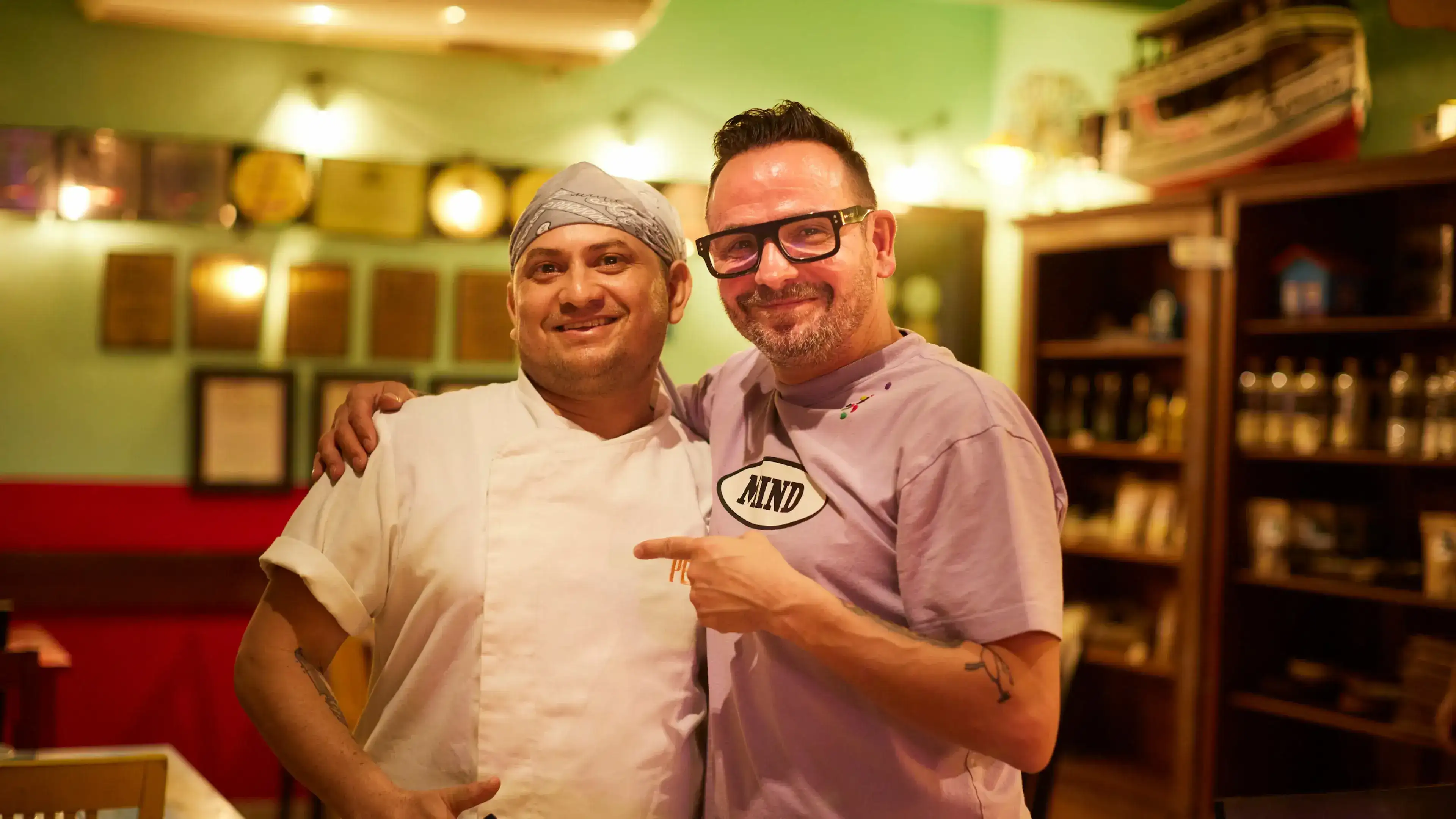
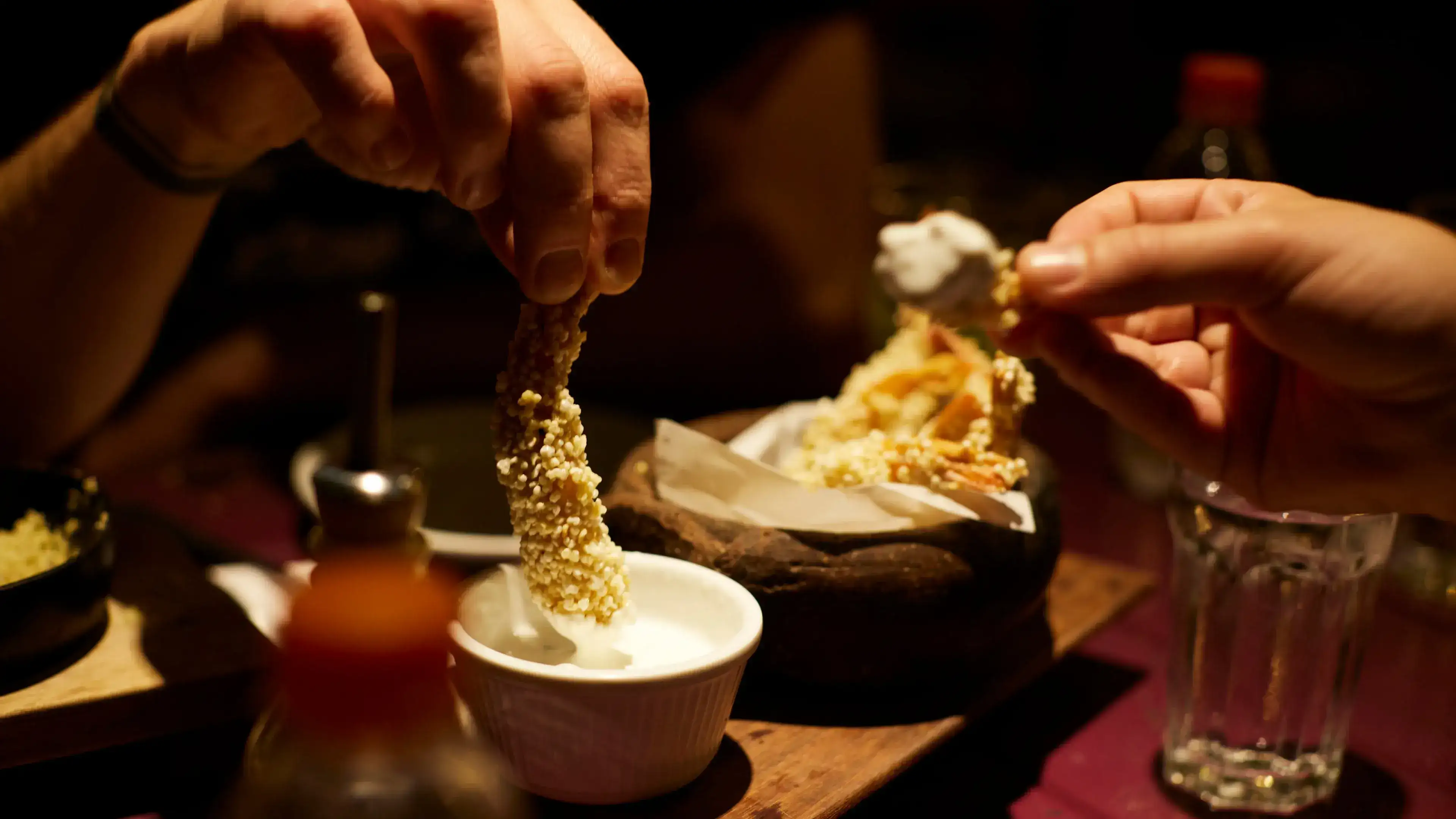
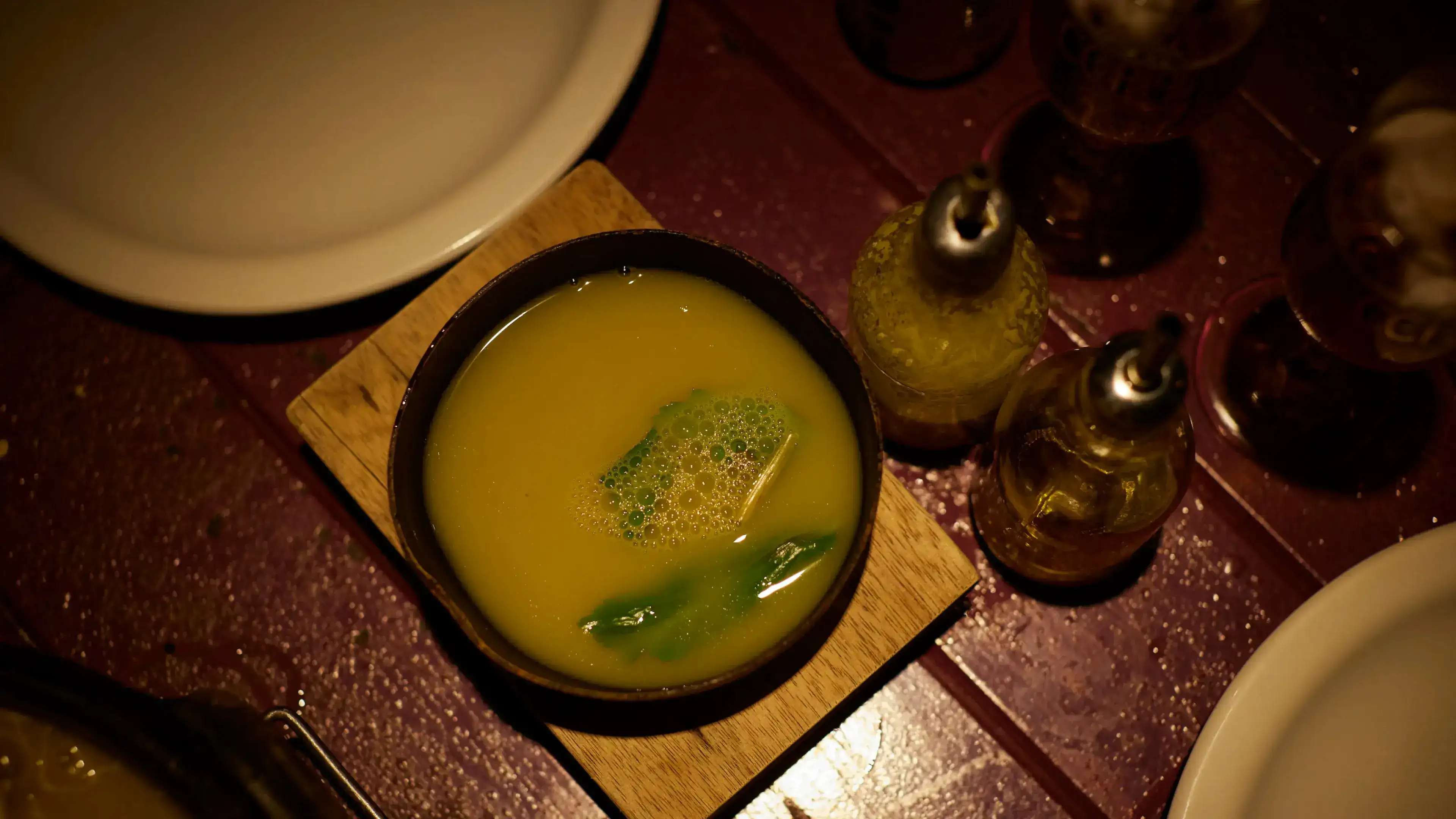
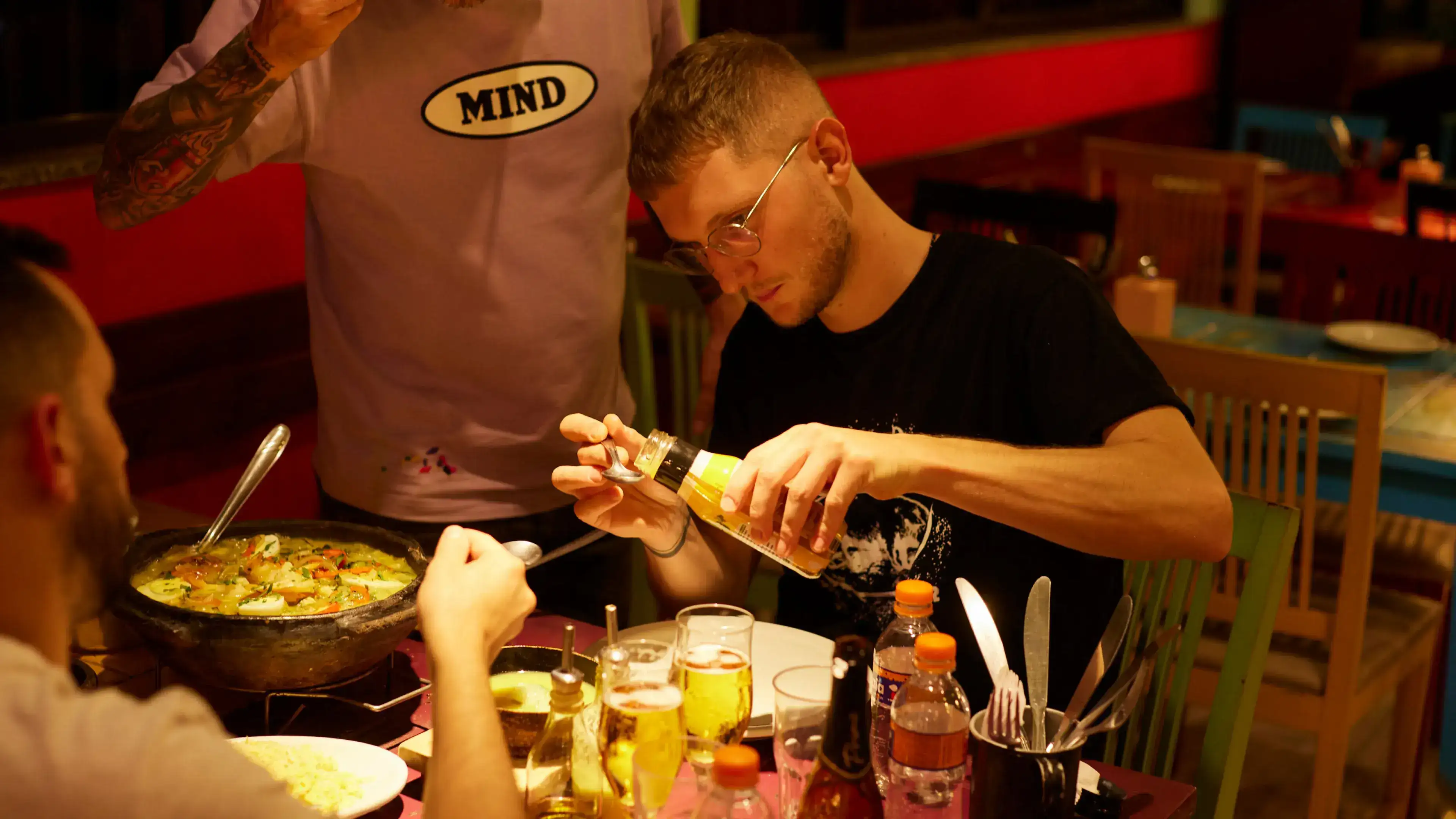
Sampling traditional local dishes, we were struck by the passion to preserve a unique food heritage - it was inspiring. Sato would help us understand this further by taking us to a farm of such vivid tropical fruits it felt like discovering a treasure chest, a hoard of nature’s most brightly coloured jewels. Later that day, we would be fortunate enough to harvest white manioca ourselves, plucking the roots of Brazilian gastronomy from the earth itself.
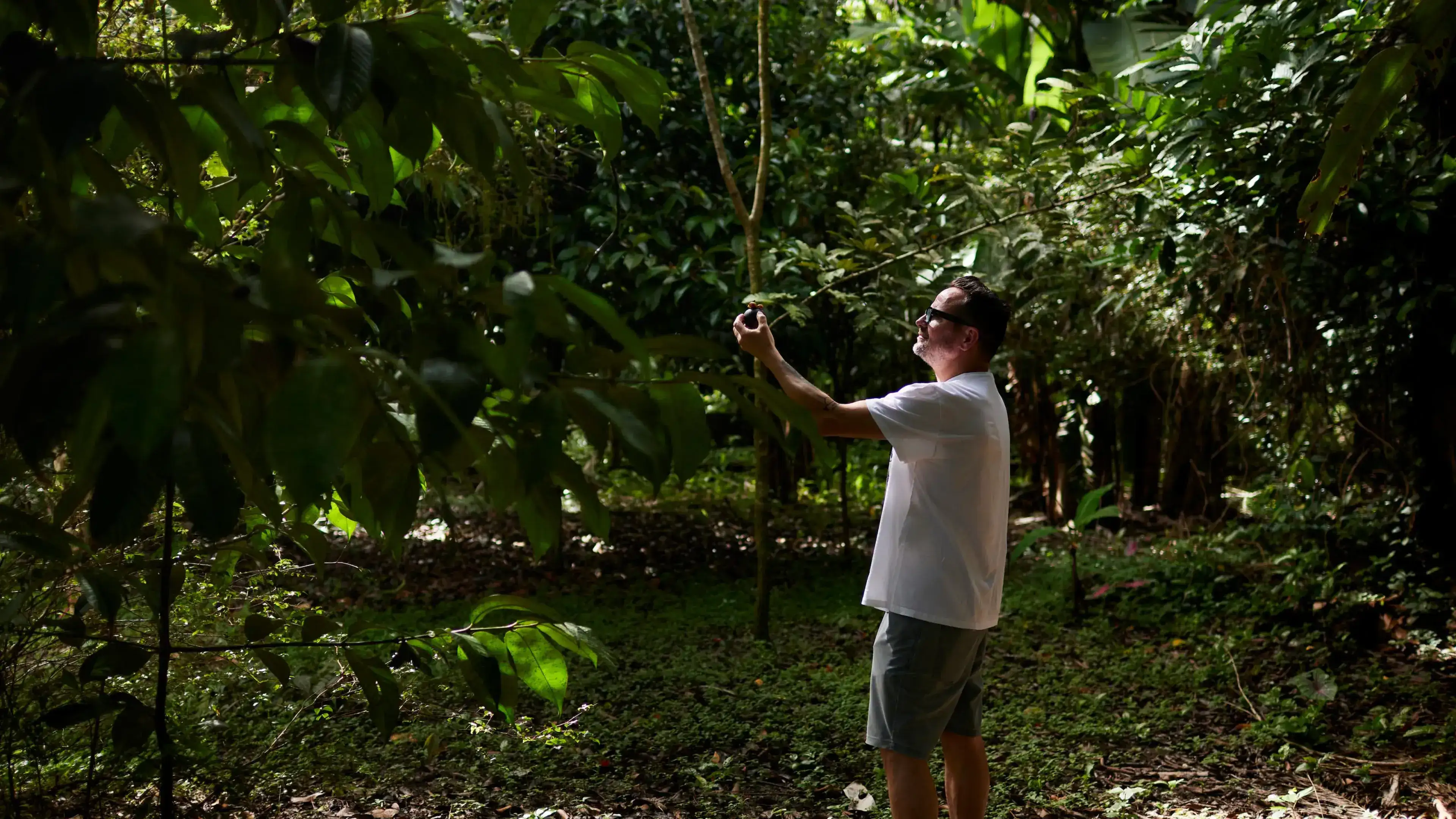
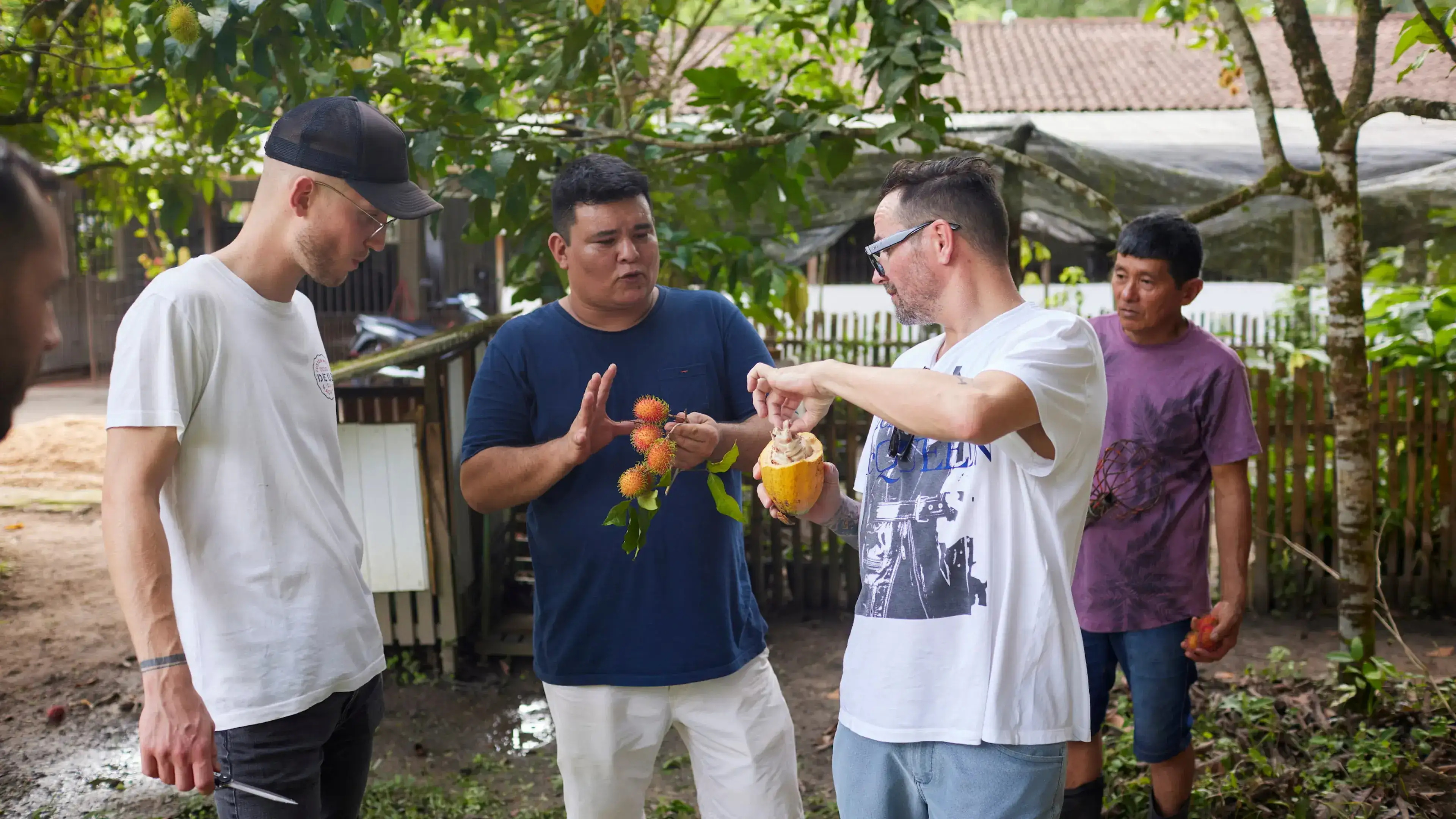
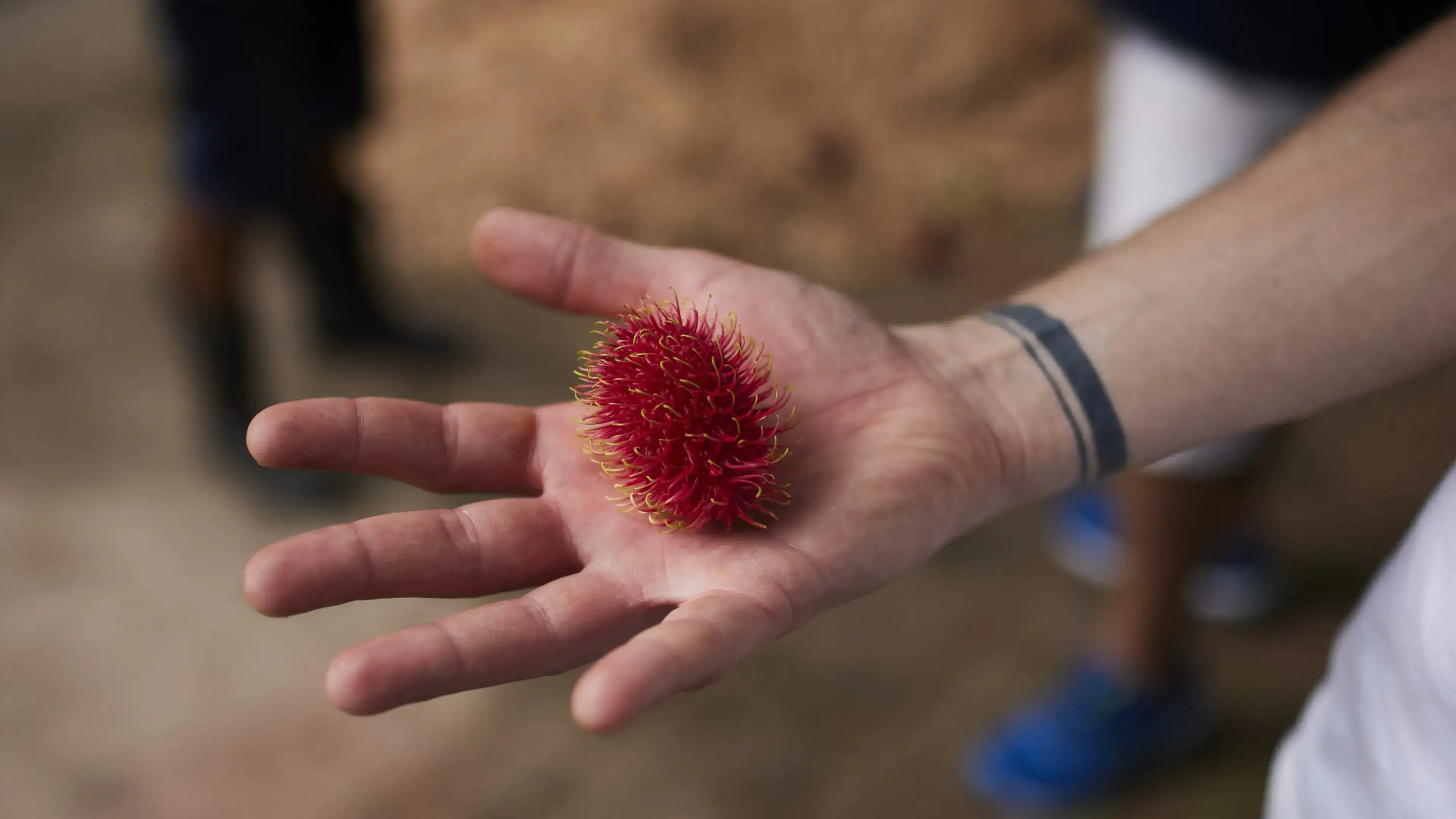
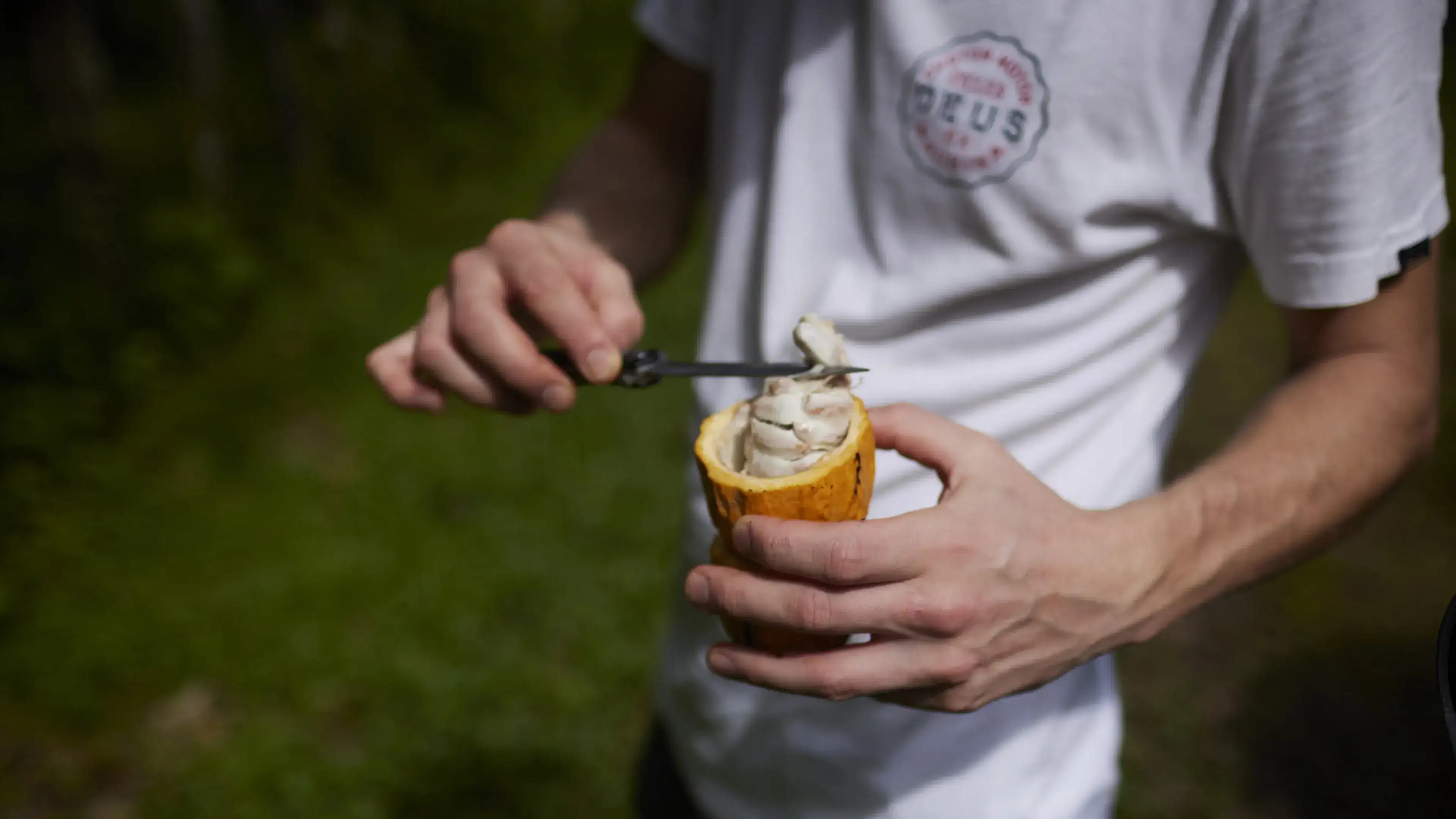
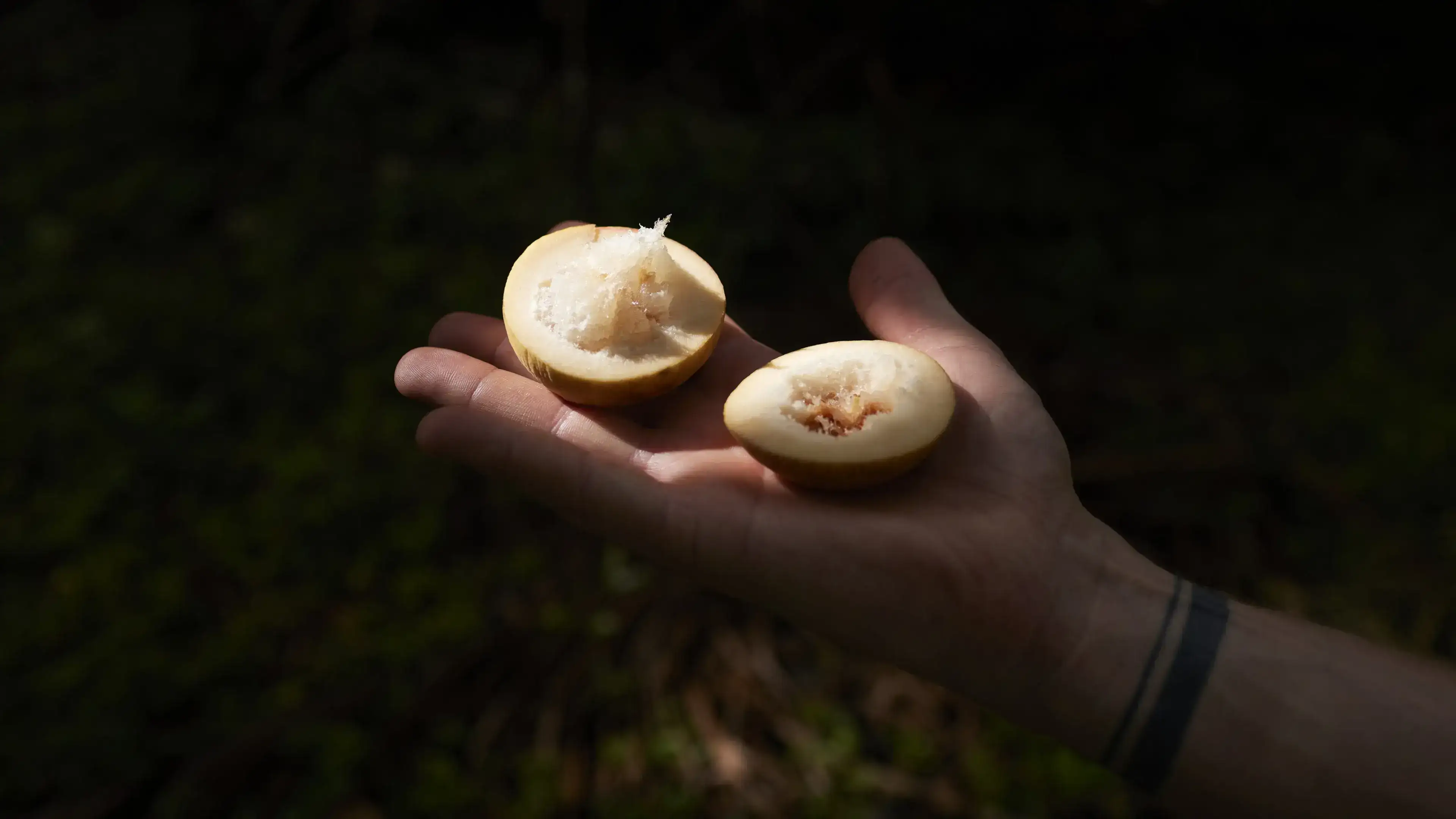

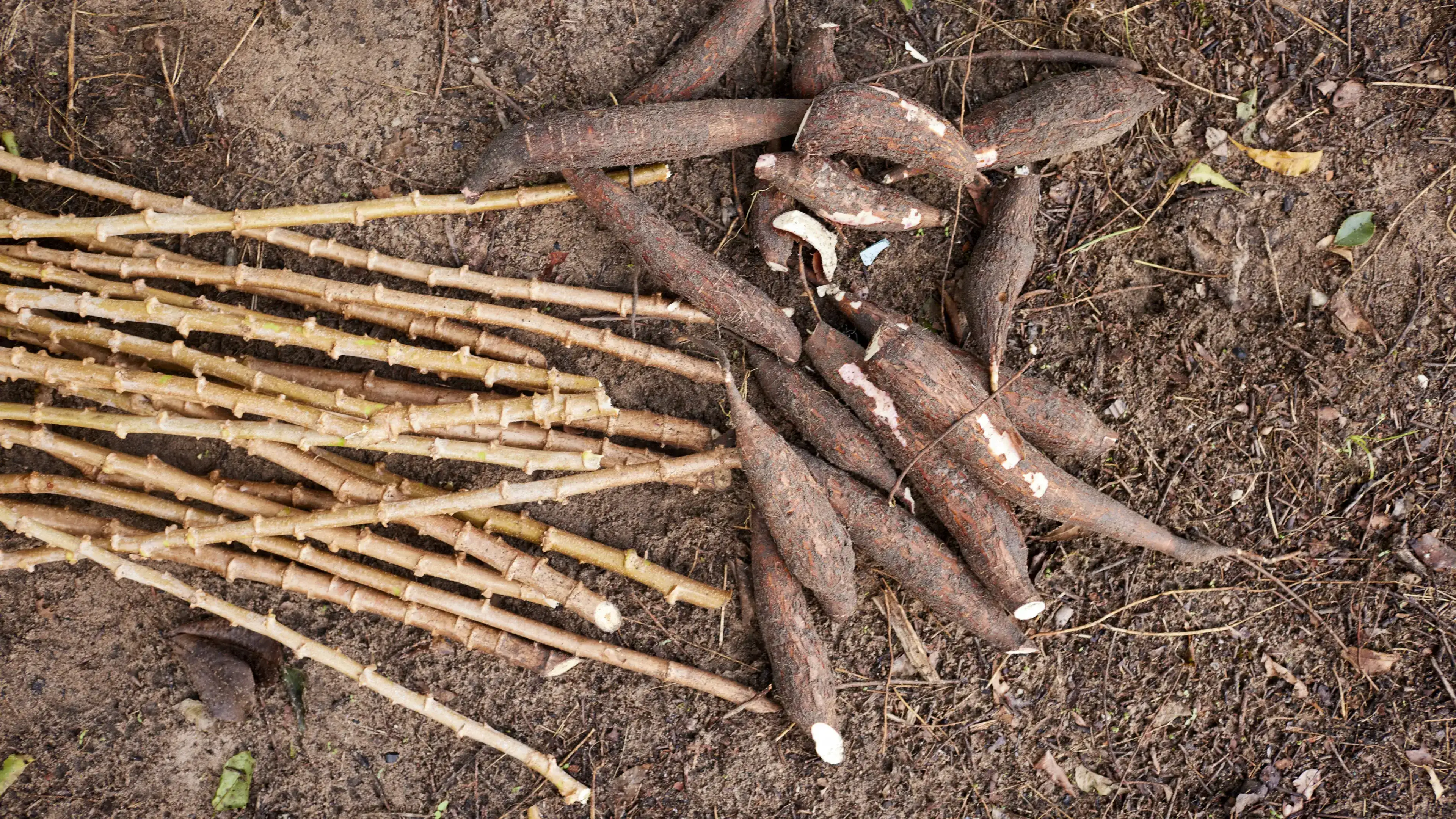
Our final day was one of adventure, as we set out onto the Amazon by riverboat to nearby Combú Island. Here, we visited a cocoa plantation that is using traditional methods to innovate sustainable agriculture upon the Amazon. This was an element we wanted to include in our own work, so we spent the afternoon meeting local artisans and craftsmen in search of tableware ideas for the new menu.
And so, the first leg of our journey was complete. We came in search of roots, the beginnings of our journey through Brazil, yet we also discovered an enigmatic city of fusion and eclecticism. Balance is essential to understanding the way of life here, this is a place where extremes meet, a place of harmony between the rainforest, the Amazon, and the Ocean. This was a balance we would have to find ourselves if we wanted to truly capture the essence of Belem.
